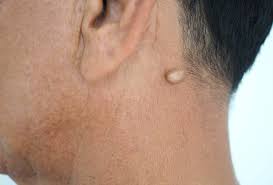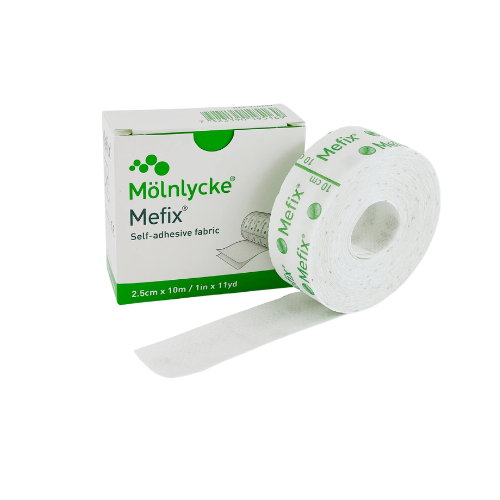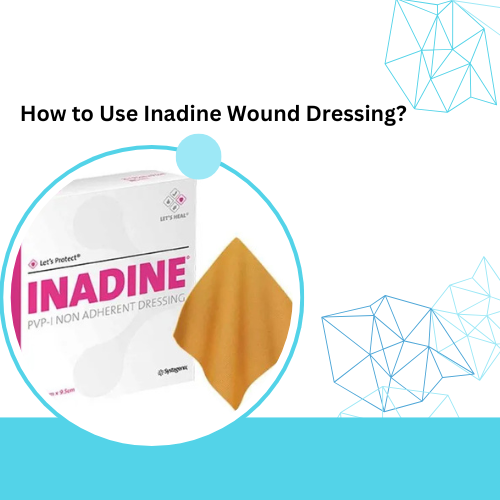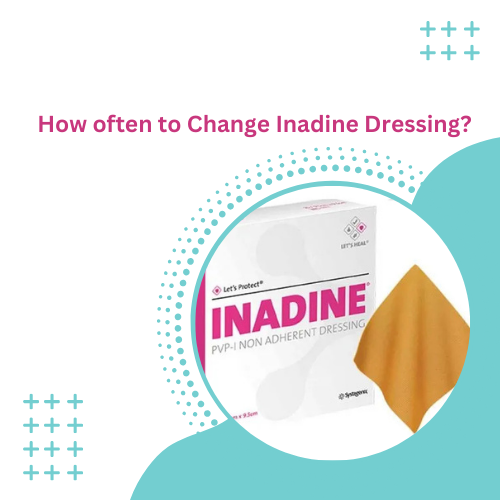Random lumps and bumps on the skin can be pesky and at times, concerning. So it is natural to wonder what is going on beneath your skin. Two common kinds of skin bumps are cysts and abscesses. While they might look similar, they have distinct differences in their formation, the material within them, and their treatment. Both can be harmful hence it is important to understand the difference to know when to seek the appropriate treatment.
What is a Cyst?
A cyst is a closed sac-like structure that forms within tissues and is filled with fluid or semi-solid material. Cysts are of different types based on where they develop in the body
Types of Cysts
- Epidermoid Cyst: The most common type of cyst which usually forms on the face, neck, or back and is filled with keratin.
- Sebaceous Cyst: These develop in the sebaceous glands responsible for producing skin-lubricating oils, and commonly appear on the face, scalp, and back.
- Ovarian Cyst: These are usually present in the ovaries and are filled with fluid or blood.
- Pilonidal Cyst: This cyst forms near the tailbone and is often filled with hair and debris.
What Causes Cysts?:
- Blockage of glands or ducts: This is a common cause of cysts like sebaceous cysts and epidermoid cysts.
- Hormonal imbalances: Most ovarian cysts occur due to hormonal fluctuations, especially during the menstrual cycle.
- Genetic predisposition: Some pilonidal cysts, have a genetic aspect to them.
- Inflammation: Inflammation, injury, or irritation of tissues can lead to the formation of certain types of cysts.
What is an Abscess?
Unlike closed sac cysts, abscesses are confined accumulations of pus within bodily tissues. This thick fluid contains dead white blood cells, bacteria, and decayed tissue. Typically resulting from infection, abscesses form anywhere in the body.
Types of Abscesses
- Skin Abscesses: Occur on the skin and can be caused by various types of bacteria.
- Dental Abscesses: Form around the roots of teeth.
- Breast Abscesses: Develop in the breast tissue and can be painful.
- Anal Abscesses: Form in the anal area and can be caused by infection or trauma.
Causes of Abscesses
- Bacterial infection: This is the most common cause of abscesses, with bacteria entering the body through a cut, wound, or puncture. These can also form around the roots of the teeth. People with weak immune systems are more susceptible to having abscesses.
- Foreign objects: Objects lodged in the skin, like splinters or thorns, can cause abscesses.
Cyst vs. Abscess
A cyst is a closed sac filled with fluid or semi-solid material, often painless and usually not harmful. In contrast, an abscess is a painful collection of pus resulting from infection and often requires medical treatment. While cysts can vary in size and type, abscesses signify an underlying infection that needs attention.
The key difference between a cyst and an abscess lies in their contents and causes.
| Feature | Cyst | Abscess |
| Content | Fluid or semi-solid material | Pus (white blood cells, bacteria, dead tissue) |
| Cause | Blockage of glands, hormonal imbalances, genetic factors, inflammation | Bacterial infection, foreign objects, etc. |
| Pain | Usually mild or absent | Often painful and tender |
| Redness and swelling | May be present but less pronounced | Usually present and often more pronounced |
| Warmth | May be present | Usually present |
| Drainage | May drain fluid, but not pus | Often drains pus |
| Treatment | Usually self-healing, but may require drainage or surgery | Typically requires drainage and antibiotics |
Treating Cysts
Many cysts are benign and may not require any treatment. However, if a cyst is causing pain, discomfort, or cosmetic concern, treatment strategies may include:
- Observation: Some cysts shrink or disappear over time
- Aspiration: A doctor can use a needle to drain the fluid from a cyst.
- Surgical removal: If the cyst is large, painful, or recurrent, it may need to be surgically removed.
Treating Abscesses
Abscesses require prompt medical attention. Treatment typically involves:
- Drainage: A doctor will make a small incision in the abscess to allow the pus to drain.
- Antibiotics: Antibiotics help combat bacterial infections and prevent further spread.
- Warm compresses: Applying warm compresses to the affected area can help to draw pus to the surface.
Consult our dermatology hospital if you need treatment for abscesses.
How to Prevent Cysts and Abscesses?
- Maintain good hygiene: Regularly washing your hands and keeping cuts and wounds clean can help prevent infections.
- Avoid picking or squeezing: Avoid squeezing or picking at any bumps or lumps, as this can introduce bacteria and worsen the situation.
- Wear protective clothing: When working with sharp objects or performing activities that may lead to injury, wear appropriate protective clothing.
- Manage underlying conditions: If you have a weak immune system or a condition that makes you more susceptible to infections, take the necessary precautions and treatments.
When to Consult a Specialist?
Consider visiting a doctor if you notice any of the following:
- Increasing pain, redness, or swelling
- Drainage of pus or fluid
- Fever or chills
- Difficulty breathing
- Persistent or recurring bumps or lumps
Consult our dermatologists if you are seeing little bumps on face or any other areas of your body.
Conclusion
Cysts and abscesses can be uncomfortable and sometimes even painful, but understanding the differences between them helps to get the appropriate treatment.
If you’re concerned about a lump or bump on your skin, please consult a healthcare professional. They will properly diagnose the issue and formulate the appropriate treatment plan.




